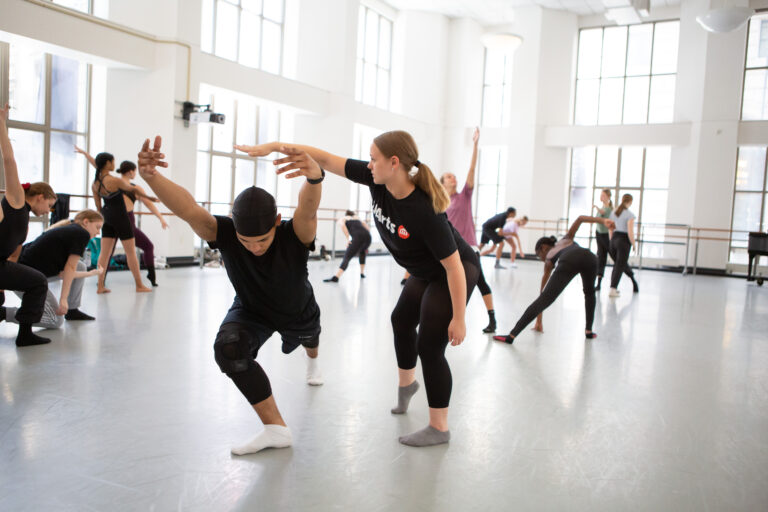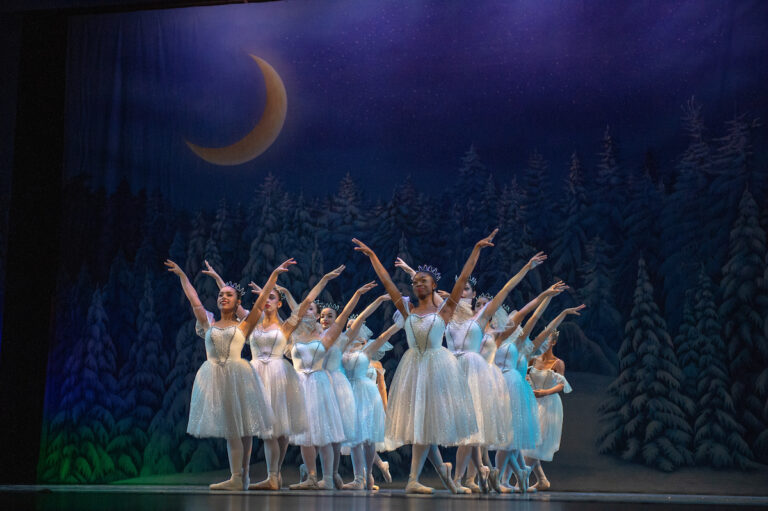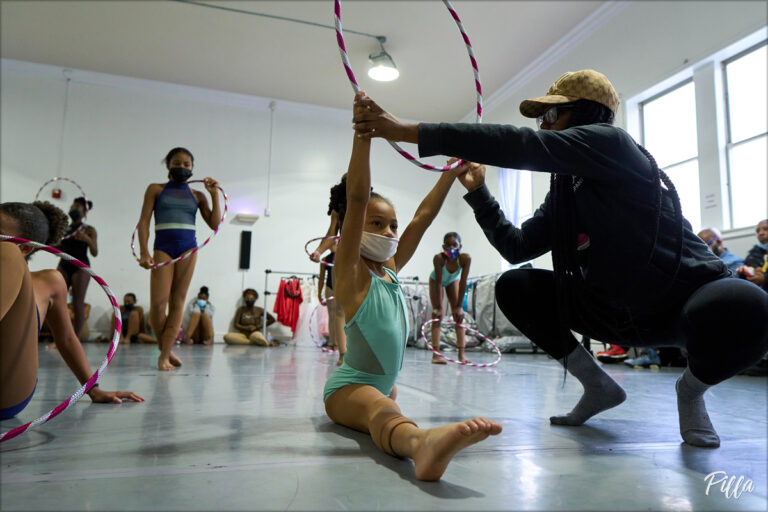
It’s summertime and the living is easy—or is it? Studio owners and dance teachers have long lamented the summer months as a traditionally slow season. With many students leaving town on vacation or for outside training, studios are often faced with less than sunny prospects for revenue and clientele. However, the forecast for your studio need not be bleak: With strategic attention to planning, programming and pricing, summer can offer a great opportunity to grow your business and diversify your offerings.
20/20 Foresight
Even if you’re anticipating a sluggish season, smart planning during the school year can alleviate enrollment and financial woes. Robin Dawn Ryan, owner of the Robin Dawn Academy of Performing Arts with locations in Cape Coral and Naples, Florida, says she gears her spring recital to generate enough income to help offset any projected summer losses.
“If you hold your recital at the end of the year and do it the right way, you can make good money on costumes and tickets,” says Ryan, who has been teaching and choreographing for more than 30 years. “My program book alone made $16,000, which covers a good chunk of the summer rent.” In addition to selling ads for the recital program, Ryan also generates extra revenue during recital time by selling “Stargrams,” personalized bouquets sent to each dancer by friends and family.
Decide before the school year ends how you will handle the summer months. Some studios make the choice to cut down on class offerings (in Ryan’s case, from 80 to 30 classes per week) or to shut down altogether. Lindsay Evered, director of business operations for Centerstage Starz in Littleton, Colorado, has found it ideal to shut down the studio during June and reopen in July. This approach benefits the studio a number of ways—in addition to not having to pay teachers for too-small classes, the June break gives students, families and instructors a chance to recharge and reinvigorate.
“Once the initial luster of a lazy summer vacation wears off, kids are ready to come back fresh in July,” says Evered, a former Denver Nuggets dancer who has been teaching jazz, lyrical and pom for the last eight years. “Our enrollment jumps and we don’t need to entice customers for the remainder of the summer, because they want to get back to classes.” Though shutting down the studio for a portion of the summer could be a smart financial option, keep in mind that whether you own or lease, most studios are required to continue making payments even if business is not in session. To offset potential losses, you might want to rent out your studio so that the space doesn’t go unused.
If your plan is to keep the studio open all summer, sit down for a scheduling session during the spring to figure out how long the class sessions will be, which teachers will stay on board and who will take vacation when. Evaluating projected student-to-teacher ratios will help you determine how much you may need to pare down the schedule.
Programming with Purpose
Day camps, intensives and master classes are summer staples on many studio schedules. Because advanced students often travel elsewhere for training during the break, you may want to cater your offerings to recreational or younger dancers.
At the Dance Corner in West Windsor, New Jersey, day camps are held for both preschool dancers and students ages 5 to 14, while a more challenging dance intensive is held for advanced students. Co-owner and director Roni Wilityer says the studio’s camp offerings have been a big hit and created positive word-of-mouth in the community. “Camp is a chance for the children to dip their feet in all types of dance,” says Wilityer. “Children are more apt to try classes [during the summer] than during the school year, because there is less pressure and a more nurturing environment.” By attracting recreational dancers to summer camps, you may build up your clientele for the fall.
Ryan agrees. Much of her summer student base comprises young children who are dancing for fun or kids who are looking for a new studio. “Summer is a great time to get babies; moms want to try it out and see how they do,” she says. “Kids who are switching studios also prefer to take summer classes because they can get to know people and not feel first-day-of-school [intimidation].”
This summer, Ryan plans to give advanced students plenty of incentive to stick around rather than traveling for outside training. Along with her annual ballet intensive, she has recruited outside instructors to teach jazz and lyrical master classes and Hubbard Street Dance Chicago dancers to lead a modern workshop. “We try to keep as much activity as possible,” she says. “So many students were spending money to go away to intensives, so these classes inspire them to invest their money at my school.”
If you’re hoping to ramp up your studio’s summer programming, make an effort to meet other teachers and choreographers at conventions, competitions or workshops. Bringing in outside instructors will reward your own teachers with a well-deserved summer vacation and offer more value to students. Ryan also recommends introducing classes in genres not normally on your schedule, such as tumbling or Irish step dancing—if these new classes are successful during the summer, you may want to add them to your fall schedule.
Dollars and Sense
When setting prices for the summer curriculum, keep in mind that you’ll be competing with area day camps and recreational activities. Make sure that price levels are on par with other community recreation activities and dance studios’ summer programs, and be aware that what you are able to charge may depend upon both your geographical area and the type of student you are hoping to attract.
“My best advice is to keep the price affordable for all levels of the community and to get to know the demographics of your area,” says Wilityer, who after careful research has settled on rates that work for her locale. For Dance Corner’s two-week day camp catering to 5- to 14-year-olds, rates range from $225 for a half-day package to $400 for a full-day package, while the fee for the three-day preschool camp is $75. The studio’s dance intensive is comprised of four one-week sessions at $300 each, or $1,100 for all four weeks.
If you’re looking for savvy marketing techniques to rev up interest, consider making strategic alliances with other companies. Evered, for instance, forged a relationship with the Denver Nuggets and invited their Junior Dancers to attend Centerstage Starz summer classes and intensives. The partnership keeps the Junior Dancers occupied during their break and gives Centerstage Starz some big-name clientele. Also try advertising in local newspapers and parenting magazines to reach your target demographic.
Finally, remember to be realistic about the time commitment that students and their families can make during the summer. Offering a range of pricing and scheduling options may attract clients hesitant about buying classes they may not be able to use. To accommodate vacationing families, Ryan lets parents purchase four classes for $40 that can be split between the two summer sessions, rather than requiring families to buy a full continuous session.
The Bottom Line
When the warm weather rolls around, it’s far from inevitable that your studio’s prosperity will cool off. Just keep in mind that climate, location, competition and community involvement will all play a role in your summer income. Take stock of seasonal successes and failures from past years to find the right approach for your own studio. You just may find there is indeed a cure for the proverbial summertime blues.



